What is a Wok and How to Use It
Wok is a Cantonese word for a specialized cooking pan from China, although similarly shaped cooking vessels are used in Japan, Thailand, Malaysia, The Philippines and even India. Often hand-hammered from two layers of carbon steel, woks are shaped like shallow bowls and range in size from about 8″ in diameter to over three feet in diameter.
Traditional woks follow one parabolic curve, while Western woks have a flat bottom to allow good contact with the burner on an electric stove. The wok is most often used to stir fry, although it can also be used for deep frying, steaming, stewing, and boiling.
Why Should I Use a Wok?
The curved bottom and sloped sides of a traditional wok have many cooking advantages. First, and perhaps most importantly, the curved bottom allows even a small amount of oil to pool in the wok. This means that searing and sautéing can be accomplished very healthily.
Although the entire wok heats up on a stove, the heat is concentrated at the very bottom of the wok. This enables a cook to sear ingredients in the hottest part of the wok in very little oil and then to push the ingredients up the side for them to finish cooking at more gentle temperatures. The bottom of the wok is then freed up to add more ingredients.
Since most foods cooked in woks are cut into bite-sized pieces, the wok’s curved shape helps keep all of those small ingredients together and makes turning them with a spatula easier. The curve also makes it less likely that you will flip food out of the wok when turning it.
How Do I Use a Wok?
Heat the wok over high heat and swirl in peanut oil around the sides so the wok’s interior is coated with the oil. If using meat, begin a stir fry by cooking it and pushing it up the sides of the wok.
If you use a hand-hammered wok, the hammer marks that scallop their way up the sides create friction and keep the cooked food from slipping back down into the hottest part of the pan.
Continue adding bite-sized ingredients in order of cooking time. Using complementary ingredients, create a flavorful sauce in the bottom of the wok, and thicken with a cornstarch slurry. Toss all the ingredients together with the chahn and serve immediately.
What Size Wok Should I Buy?
While woks vary widely in size, a good size for a family of four is about 12″-14″ in diameter. If you are cooking for two, owning a wok of this size is still best so you have plenty of leftovers. Any larger than this, storage can be difficult. Larger woks ”greater than 14″ in diameter also do not readily fit on stove burners; the wok size will prevent you from using other burners simultaneously.
Some History of the Wok.
The first woks were made of pottery and were discovered in tombs from the Han Dynasty. This means that woks have been around for at least two thousand years. The wok was designed to do two things very well: rapid reduction of liquids and maximum heating with a minimum of fuel.
The original wok stoves were pit-style stoves. The fire was built inside the stove, and the wok was placed in a hole in the top of the stove. This setup, along with the rounded shape of the wok, allowed for a wide surface area for rapid reduction and very efficient use of fuel.
Since heat didn’t escape around the sides of the wok, all the heat from the little fuel available went into cooking the food. Food was cut into bite-sized pieces to decrease cooking time, thereby saving further fuel.
What Should I Look For When Buying a Wok?
Today, woks are made of hammered carbon steel, stainless steel, and cast iron. Each material has its pros and cons. Hammered carbon steel woks are generally light in weight and heat very quickly. They are also prone to rusting and don’t hold their non-stick seasoning very well.
Stainless steel woks are generally made of an aluminum core sandwiched between sheets of stainless steel. They tend to be heavy and extremely expensive.
Cast iron woks hold a non-stick seasoning well but are also very heavy and can be unwieldy because of their weight. If you drop a thin cast iron wok, it could break into pieces.
Woks either come with a removable long wooden handle or two loop handles on opposite sides of the wok. Which you choose is entirely up to your preference, although the long handle makes it easy to maneuver the wok without burning yourself. You can also store the handle inside the wok to cut down on its storage “footprint.”
Woks marketed in the US often have a flat bottom. This is to provide good contact with an electric burner. While still having the characteristic sloping sides, the flat bottom takes away what makes a wok a wok. Unfortunately, it might be the only way to go if you have an electric stove.
No matter what kind of stove you have, never buy a wok with a Teflon non-stick coating. Teflon breaks down at the high temperatures necessary for wok cooking and is absolutely not recommended.
Besides avoiding commercial non-stick woks, buy a wok according to your preference and pocketbook. If you have a gas stove or happen to have a specialty wok burner on your high-end stove, by all means, get a traditional wok. I recommend getting a hand-hammered carbon steel one for its lightweight, low price point, and effectiveness.
Where Can I Buy a Wok?
While woks made out of various materials are available in most cookware departments and cooking stores, excellent wok sets are best purchased at your local Asian market.
What Comes With My Wok?
A basic traditional wok set from an Asian market includes the wok itself, a removable long wooden handle, a lightweight, domed aluminum lid, and a wok ring to hold the rounded wok over your gas burner. A complete set will likely include a traditional long handled ladle, spatula and skimmer and perhaps one or two bamboo steamer baskets.
How Do I Take Care of My Wok?
Unless you buy a high-end stainless steel wok, you must season it before use. Wash the wok very well with soap and water to remove any manufacturing oils.
This is the only time that soap should ever touch your wok. Once you have washed off the oils and dried the wok very well, heat the wok on your gas stove using the wok ring.
Carefully brush a very thin coat of peanut oil all over the interior surface of the wok in a well-ventilated kitchen. Heat until smoking. Turn off the heat and let the wok cool completely. Wipe up any oil that has pooled in the bottom.
Turn the burner on again and let the wok heat until smoking. Using tongs or the long wooden handle, maneuver the wok so that every part of it gets a turn in the direct flame. Brush in a bit more oil, and repeat the steps several times until a hard, slightly tacky film has built up in the wok.
For the first few uses, avoid cooking starchy foods, as they are more likely to stick. Use the wok for meat and vegetable stir fries and deep frying. Save making fried rice until the wok is well seasoned and a deep brownish black.
After cooking, rinse with plain water, using a sponge to scrub off any bits of stuck-on food gently. Again, do not use soap, and scrub gently to avoid rubbing off the seasoning. Once the wok is clean, do not dry it with a towel. Heat it over high heat and brush a bit of oil all over the surface. Then let the wok cool completely, and store.
While this sounds like a lot of work, it will not take long to season the wok really well. Once it is well seasoned, you won’t have to add oil after every use, but do dry it on the stove.
Do I Really Need a Wok?
I suggest you purchase a wok if you stir fry or make authentic Asian foods.
If you think you won’t use a wok frequently enough to warrant the purchase, you can use a sauté pan instead. You will not get the same results as you would if you used a wok, but your stir fry will still taste very good.
What is the Breath of the Wok?
Have you ever been to a really fine Asian restaurant and had your food come to you piping hot, straight from the wok? At your first bite, you taste something in the background that you can’t define, a sort of grilled-but-not-quite, burned-but-not-quite taste that adds an extra dimension to your eating.
When you take that bite, your mind conjures visions of the cook stirring your dish in an enormous blackened wok over blistering heat. This is wok hay or the “breath of the wok.”
You can only achieve this flavor when cooking over very high heat with the cooked-on seasoning from a thousand dishes mingling to add a background note to your dish. This deep and elusive flavor is only partially achievable at home.
The BTUs generated by home stoves are generally not strong enough, and most home cooks don’t stir fry frequently enough to really develop the seasoning in their woks.

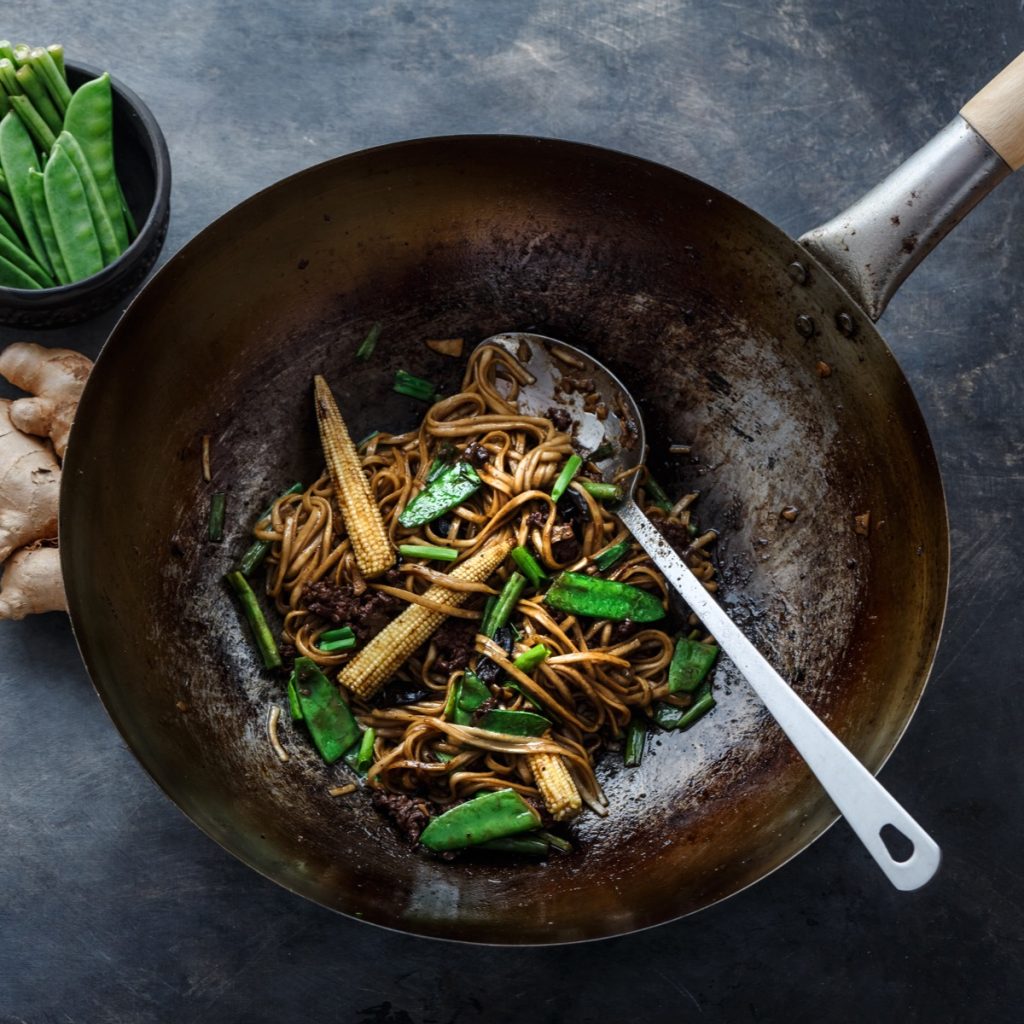




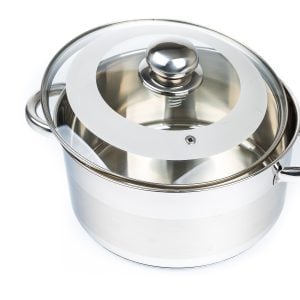
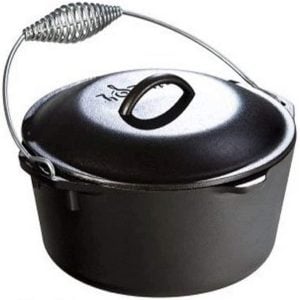
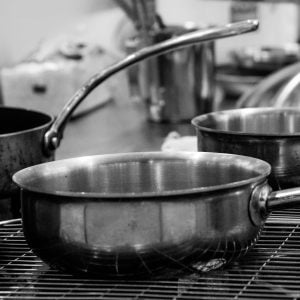
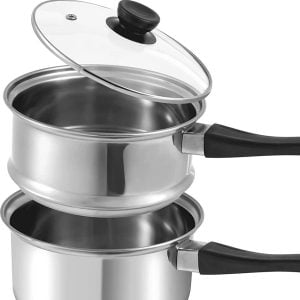
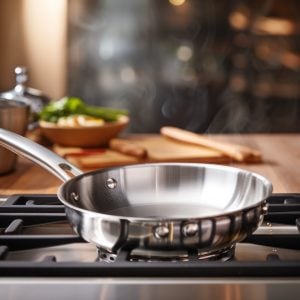
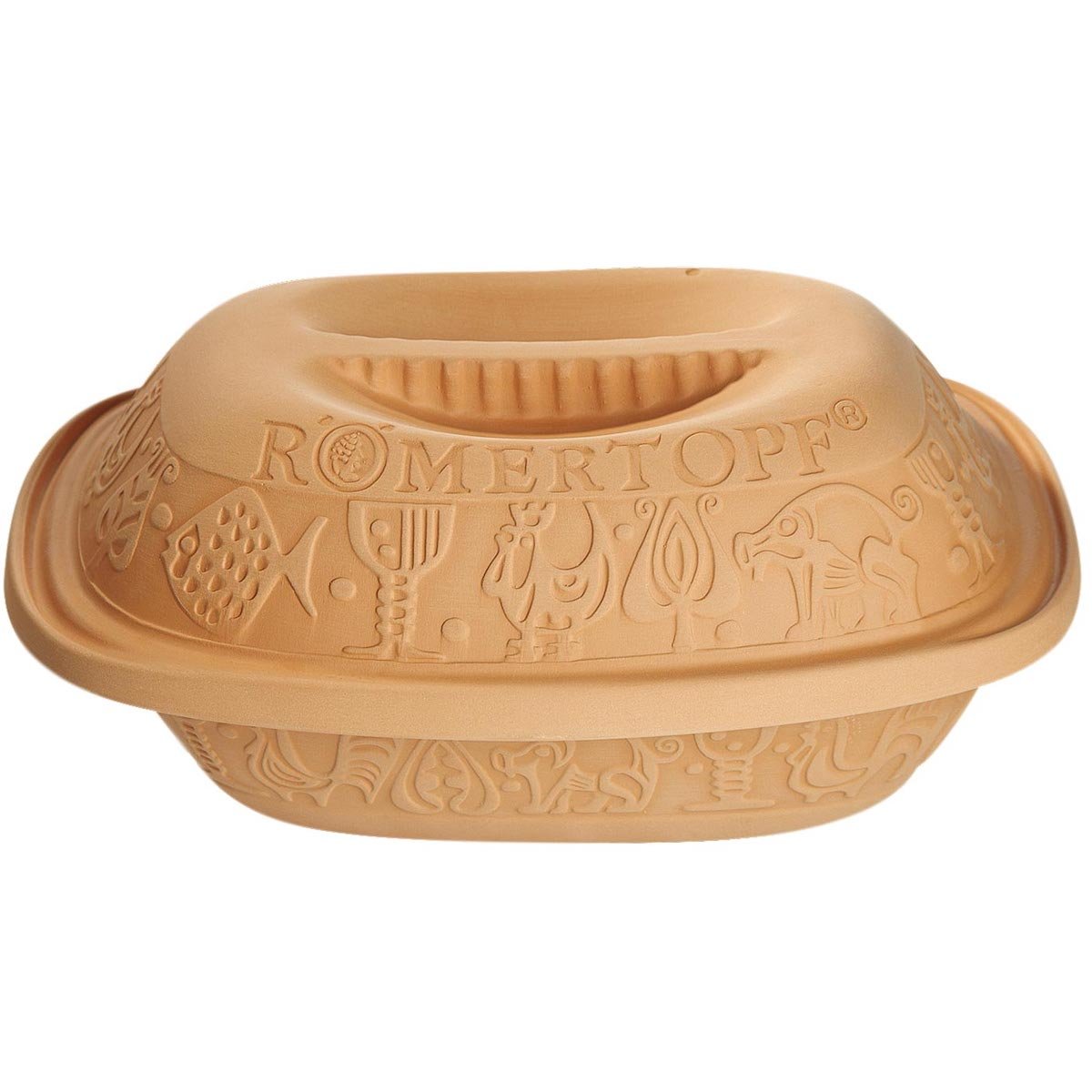
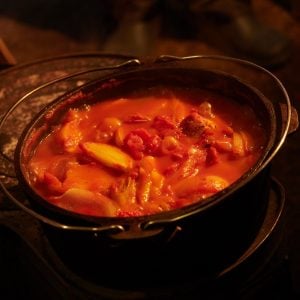
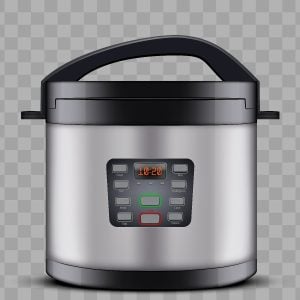


4 Responses
Hi, can you advice me if Vesta stir fry wok incorporated with EXDURA TOUGH carbon steel is safe to use. What is really ENDURA TOUGH coating made off? Any toxicity in the long run? Thank you in anticipation of your response.
I cannot advise you if the Vesta stir fry wok incorporated with Exdura Tough is safe because there is very little information about Exdura found on the Internet. I spent some time searching for more information and all I could find were sites saying the same thing. You may want to contact the company directly to see what they have to say.
Thanks for sharing this content. I am so confused to buy Carbon steel wok. Then I am confident to buy this product. Waiting for other resources.
My wife has a set of really heavy gauge aluminum wok. When started making my own lunch I found it irritating to use a five inch pan on a six inch burner. I simply got into cooking pan change of state and it’s quite challenging! this is great idea.